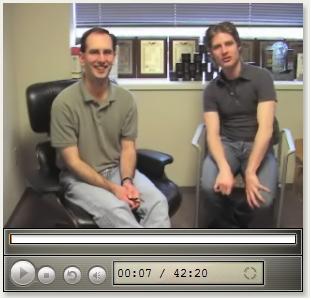Some clarifications on WPF/E from Scott Guthrie


In the beginning he gives an overview of WPF/E talking about the fact that it is a cross browser, cross platform runtime that helps create better web experiences. Then Rory asked about tools for WPF/E and this was something I haven't heard much talk about. WPF/E uses XAML just like WPF, so you can use Expression but I hadn't realized that Orcas, a new version of Visual Studio, is going to support XAML as well. Scott described an interesting workflow. Developers can design a rough user interface with Visual Studio (an IDE with which they should be very comfortable in) and then designers can open up Expression, check that exact same project out, and fine tune the design without having to bother the developer at all. It can also go the other way with designers creating the UI and developers checking that project out in Visual Studio and modifying it as needed. I don't think I understood the workflow before this, but that's a very, very powerful thing if it works.
Scott then describes a bit more about WPF/E and focuses heavily on the Ajax integration. WPF/E seems to be positioned to work very well with Ajax and Scott described how developers can write JavaScript code against HTML elements as well as WPF/E elements interchangeably so that you can code all of the JavaScript together. He also said that managed code is coming (even on Safari and the Mac) and they'll be showing more of that at Mix. He also stressed that WPF/E is going to support multiple Ajax frameworks so that if you're using Dojo or any other framework, WPF/E will fit in nicely. This is becoming an even more compelling story for Ajax developers who want to extend the richness of their applications. And Microsoft seems to be trying to win over a different set of developers because they're going to include a session on using PHP and WPF/E together at Mix.
Then there was a back and forth that I didn't quite understand. Scott talked about the video features of WPF/E, which was a focus for the CTP and is a big part of the WPF/E story especially when you think about the needs of Ajax developers. But after that he fielded a question from Rory about extending the framework to other platforms. WPF/E will support managed code, so the question has always been what does that mean for .NET? Scott said that they are talking a lot about the in browser experience and the out of browser experience and that there will be more about it at Mix. That gave me big pause and I really wonder how this strategy is going to play out. Obviously Mix is going to be a very, very big deal.